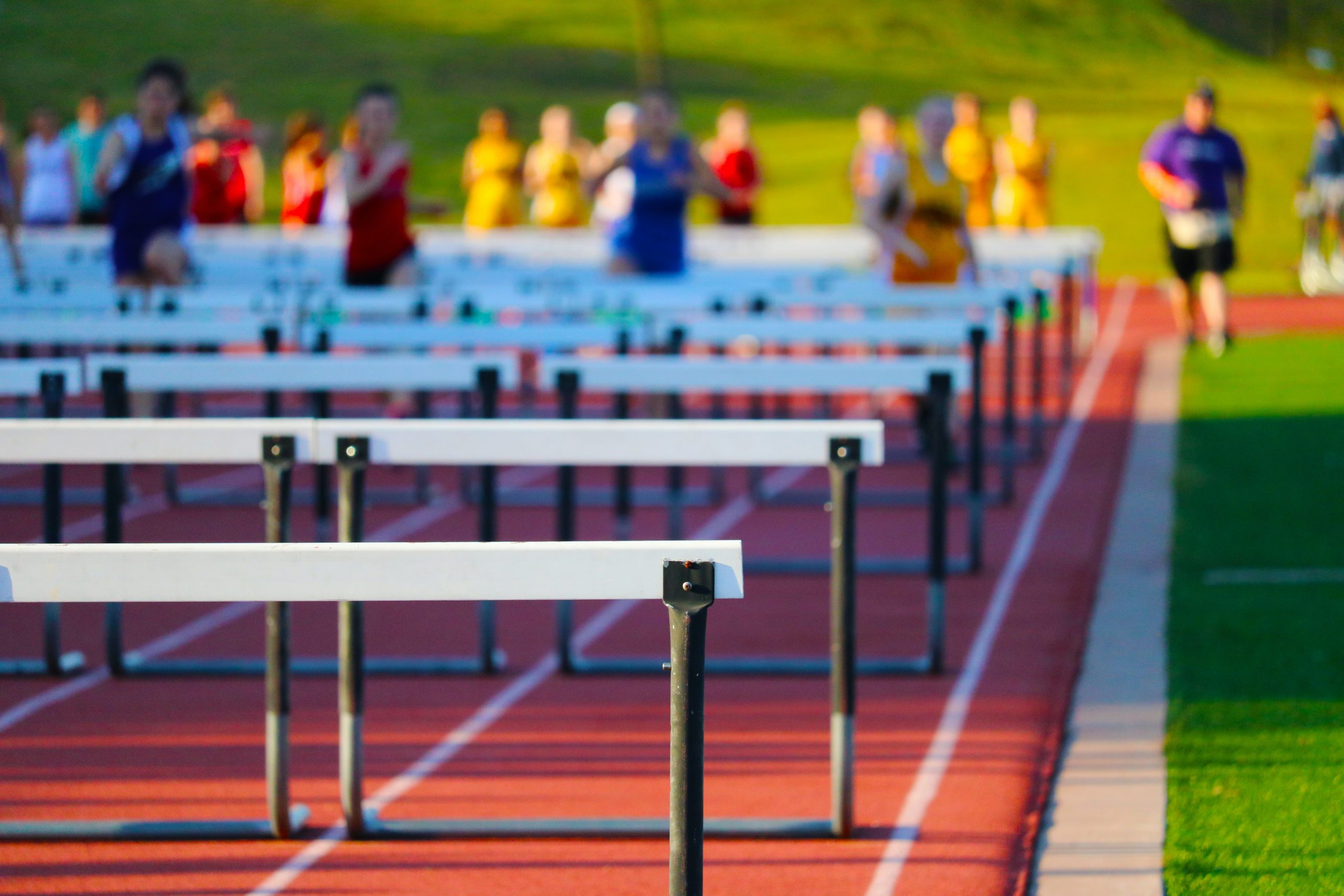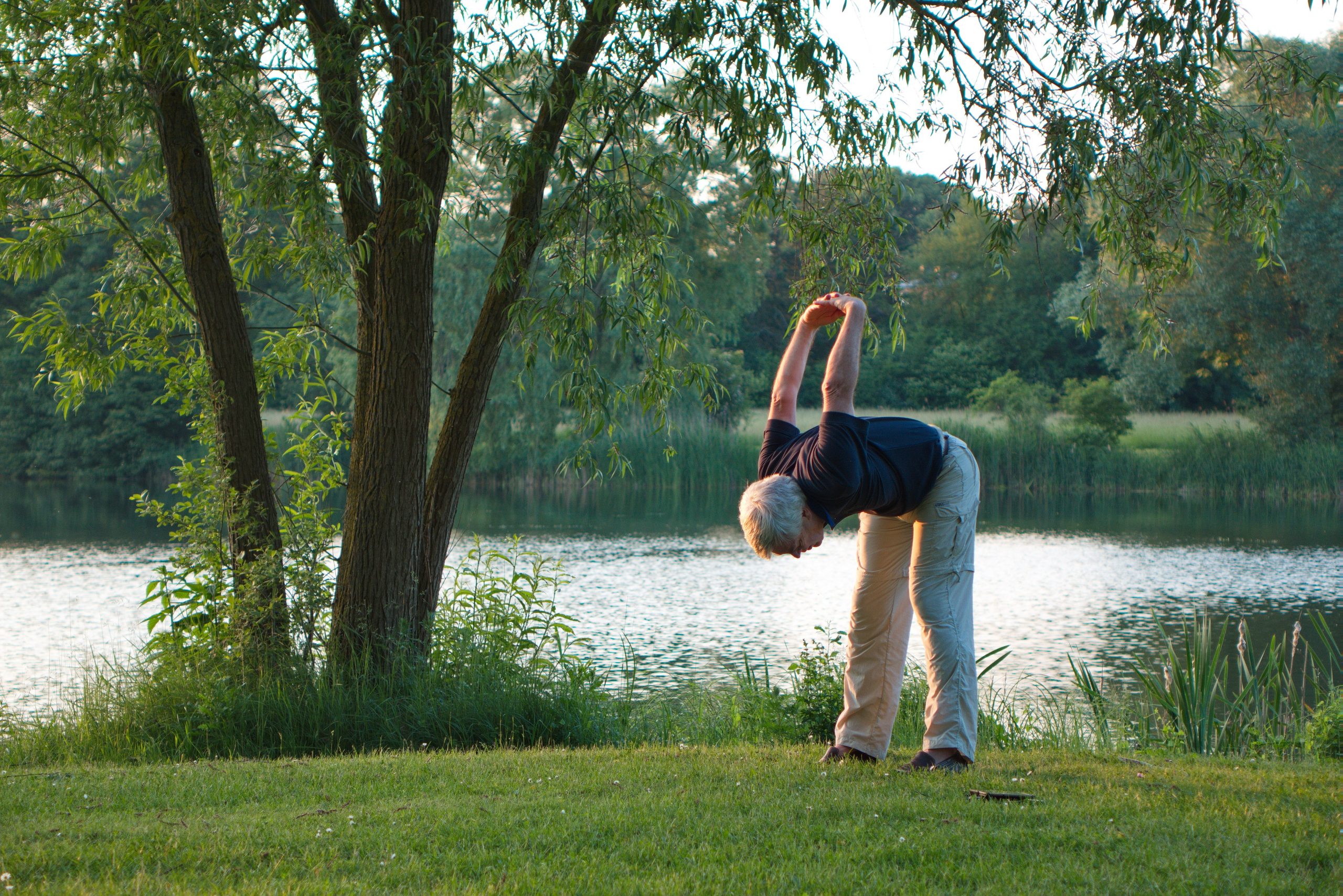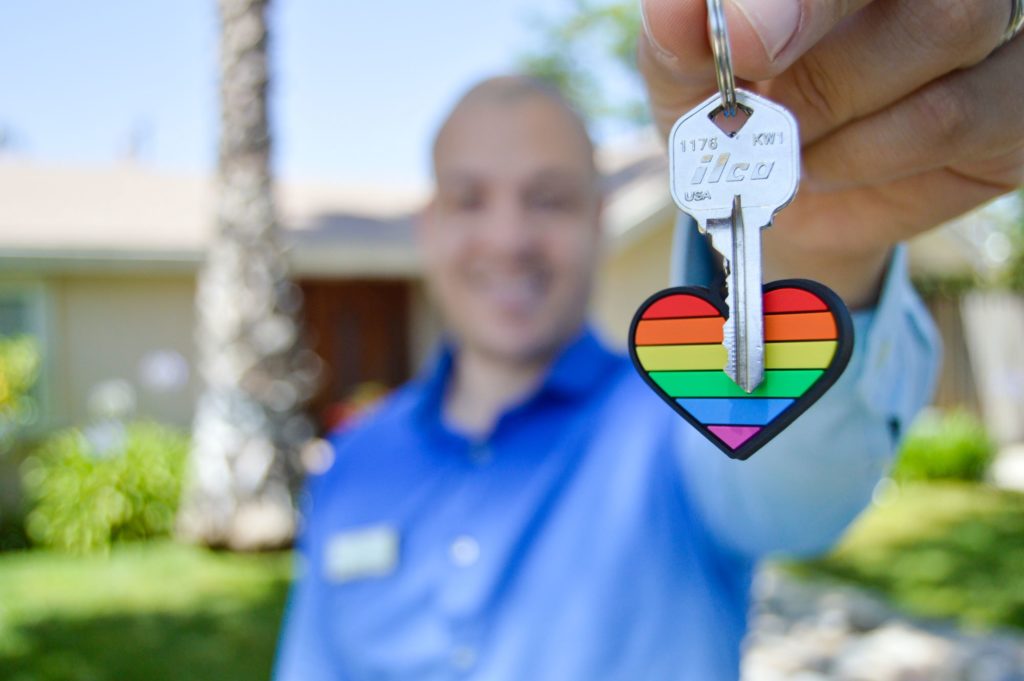
Five factors are highlighted in the NFHS’s new “Statement on Risk of COVID-19 During High School Sports.”
By Jordan Green
Last year in May the National Federation of State High School Associations Sports Medicine Advisory Committee released a statement that focused on guidelines towards a return to high school athletics from COVID-19.
In the release, a category was set known as the “Potential Infection Risk by Sport,” which was intended to place sports in high-, medium- and low-risk categories. This tier system has put California’s high school athletics, along with several other states, in a difficult position as it made options limited for a realistic return to competition.
These limitations created an environment that continually stalled a comprehensive return. Although nearly every state has seen some form of return to high school sports (only D.C., New Mexico, Oregon and Washington have not), 20 states are still requiring masks during competition — including California.
The new statement made Tuesday is expected to help pave the way for a return to normalcy, as it is asking state associations to consider five factors in regard to the transmission of coronavirus through athletics.
Some of the recommended factors to consider are the risks between non-contact and contact sports. Statistics have shown that non-contact sports, particularly when played outdoors, lead to a lower risk of transference.
Two of the other mentioned factors are dealing with community infection rates. The committee emphasized in their statement that research has proven the trend’s within communities are the most effective way to predict the risk of transmission, as the number of proven COVID-19 cases from athletic competition is “relatively rare.”
Adding to this point, the last factor deals with the increased risk being contributed to social contact rather than participation through sport. Meaning, associations will still be asked to fulfill normal social regulations, such as social distancing and wearing masks, for their coaches and athletes.
“We applaud the great work of the NFHS Sports Medicine Advisory Committee throughout the past year to provide state associations and high schools with well-considered information during the pandemic,” said Dr. Karissa Niehoff, NFHS executive director in the statement. “While we have to be concerned about transmission of the virus first and foremost, we also must consider the mental health of students who have been unable to play sports thus far this year.”
These efforts by the committee are showing that a potential return is both a continual and hopeful process. Yet, these newly developed factors from the NFHS are evidence that not only is a return hopeful through the passion of players and coaches, but it is also backed through science and research — which is an exciting sign.
Dr. Michael Koester, chair of the NFHS Sports Medicine Advisory Committee, also notices the value in that sentiment.
“If the medical profession has learned anything in the past year, it is that we have to be open to regularly assessing all available evidence and make appropriate changes in policies and procedures in places of business, schools and athletics,” he said in a statement.






